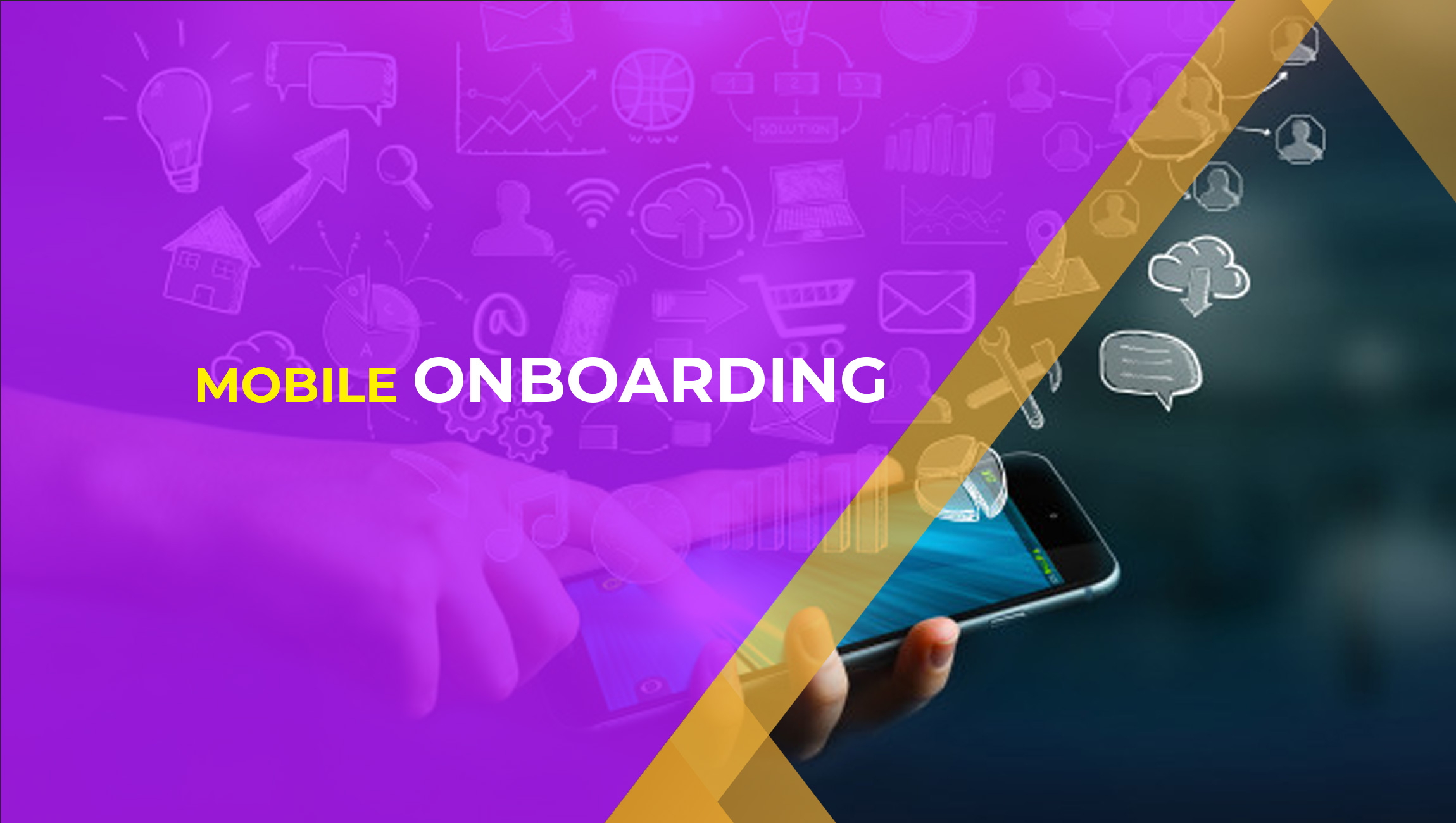 In June 2019, JPMorgan scrapped Finn, its mobile banking app aimed at Millennials, after only a year in business. The move left other financial institutions questioning the fate of similar programs such as Wells Fargo’s Greenhouse and Goldman Sachs’ Marcus. Were these sleekly branded products actually effective at attracting Millennials? If not, what tactic would be?
In June 2019, JPMorgan scrapped Finn, its mobile banking app aimed at Millennials, after only a year in business. The move left other financial institutions questioning the fate of similar programs such as Wells Fargo’s Greenhouse and Goldman Sachs’ Marcus. Were these sleekly branded products actually effective at attracting Millennials? If not, what tactic would be?
These are urgent questions. Banks today struggle to hold onto younger customers: Millennials are 2.5 times more likely than other generations to switch banks if they’re dissatisfied. They’re also an important customer segment, making up more than a third of today’s workforce, with the financial clout to match.
To court these younger customers, it’s not enough to target them with standalone initiatives like Finn. Instead, banks should consider how to make their entire operation more millennial-friendly.
Read More: Behavioral Scoring in Account-Based Advertising
In particular, banks should reexamine their onboarding processes for new accounts, a major pain point for this age group. A recent Lightico survey found that 40% of consumers had abandoned an effort to open a bank account or credit card. The most common reasons were that the process took too long, the paperwork was too difficult to complete or the steps for authenticating identity was too cumbersome.
The good news is that banks can streamline and speed up their onboarding processes with the right technology. Here are a few ways banks can step up to improve how they serve younger consumers.
1. Build an All-Mobile Solution
Nearly half (47%) of Millennials prefer mobile banking, so it goes without saying that banks should build a mobile-friendly onboarding process. But that’s often easier said than done.
Most banks understand that they need a well-designed mobile app for day-to-day transactions. However, customers who are just opening an account may not want to commit to downloading yet another piece of software to their overcrowded phones. A good solution is to text them a link that opens a secure portal for onboarding, allowing them to complete the entire process without an app.
It’s important that this secure capability handle the entire onboarding process end-to-end. Today’s highly demanding customers expect every experience to be as smooth and frictionless as ordering something on Amazon. Every time they must leave the portal to check their email, open a browser window, scan a document or — worst of all — travel to a brick-and-mortar branch, it becomes more likely that they’ll abandon the onboarding process.
2. Simplify Identity Verification
Identity verification is a major cause of friction during the mobile onboarding process. In an effort to comply with increasingly complex anti-money laundering (AMR) and know your customer (KYC) regulations, banks often require extensive documentation of a customer’s identity that must be faxed, scanned or brought into a branch.
Luckily, there’s a better alternative. Advanced identity verification and authentication solutions can confirm a customer is who they say they are without analyzing reams of documents. Instead, these solutions prompt the customer to snap a photo of their ID and documents which get verified for authenticity. Furthermore, the customer can snap a selfie to enable advanced face-matching technology to verify that the ID belongs to the customer. Verification takes place in seconds, allowing banks to onboard more customers faster, cutting costs and cycle time.
Read More: 4 Things to Keep in Mind When Investing in Tech Startups
3. Accelerate Paperwork
Customers often cite excessive paperwork and confusing, hard-to-read forms as major reasons they abandon the onboarding process. Banks can address this by optimizing online forms for mobile viewing and pre-filling them with information already stored in the bank’s Customer Relationship Management (CRM) systems.
For example, if the onboarding process starts with a text to the customer’s phone, the customer shouldn’t need to re-type their phone number into any form. Making sure the forms are easy to read on mobile also speeds the application process and reduces mistakes.
In addition, banks should make sure that all forms are digitally signable with a swipe of a finger without leaving the onboarding portal. Banks that require customers to download, print, sign and re-scan PDFs are losing customers and leaving money on the table. E-signatures sent to email often languish unnoticed and unreturned. By contrast, instant e-signature technology lets banks obtain legally binding customer consent instantly, with minimal hassle.
4. Enhance Real-Time Support
Effective real-time customer support is particularly vital for young customers who may be opening bank accounts or credit cards for the first time. Chatbots are useful for answering basic queries, but can easily frustrate customers who face more complex or uncommon issues. Banks should empower human customer service reps to address these queries by ensuring they can view the same screens as the user does during the call. With this context, they’ll be able to give more effective guidance, increasing customer satisfaction and preventing lost Sales.
Attracting Millennial and Gen Z customers has long been a challenge for banks, with onboarding as a particularly stubborn pain point. However, with the right tactics and technology, most financial institutions will be able to greatly improve their relationships with this hard-to-please demographic.
Read More: The Top Four Messaging Channels in Customer Care and How to Select the Right One












Comments are closed.